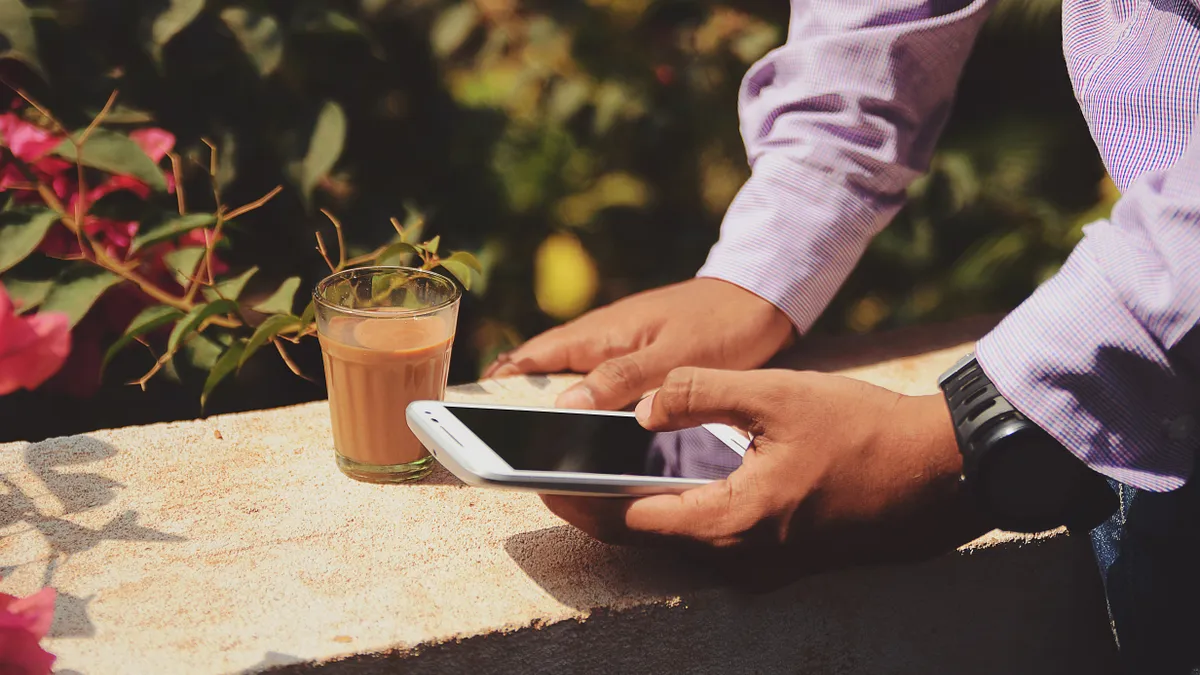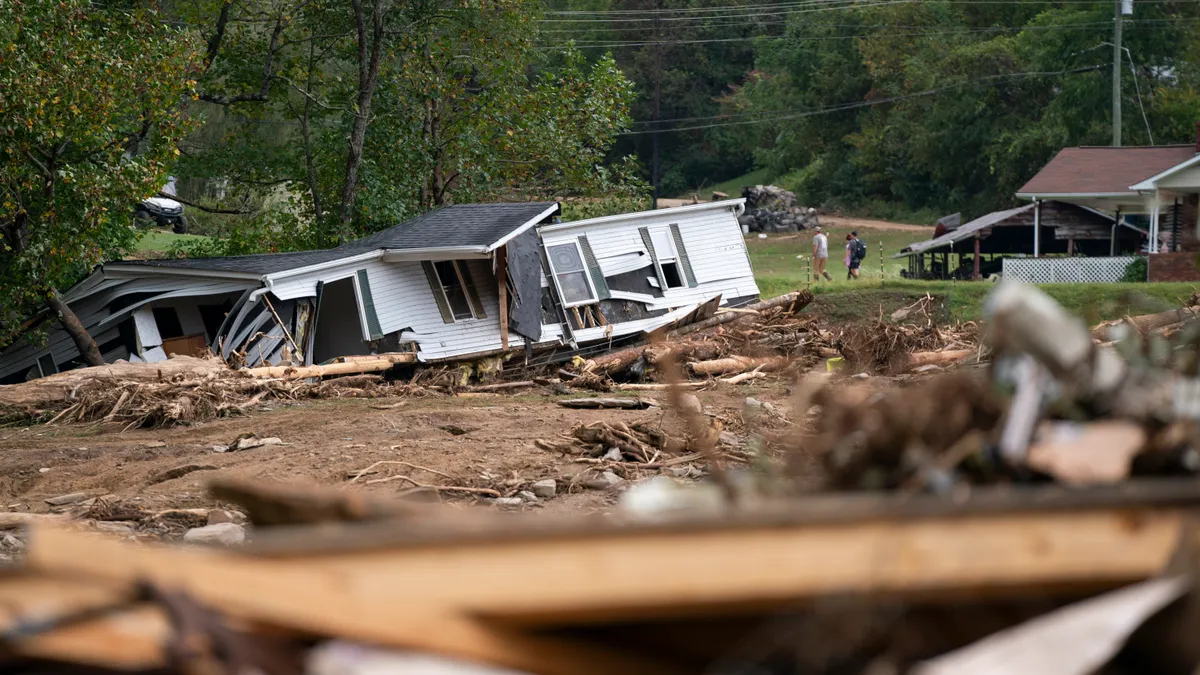Editor's Note: The following is a guest post from Coby Berman, co-founder & COO of Radar.
In the age of COVID-19, mobile matters more than ever. Devices have become our lifeline, alerting us to breaking news, connecting us to friends and colleagues, and even digitizing daily tasks.
While our technology has brought greater convenience and a sense of structure in times of uncertainty, our increased dependency on mobile has revealed that thoughtful technology innovation is essential — especially as the world gears up to resume a sense of normalcy in the thick of a global pandemic.
Mobile is undergoing a rapid evolution, with effects that will be felt in weeks, months and years to come as cities reopen and the economy awakens. Personalized, one-to-one engagement between customers and companies has surged from "nice to have" to a service-oriented must for businesses to operate safely. In a world of social distancing, functionalities we once took for granted will become essential tools to help us conduct our lives safely, comfortably and happily.
Take FaceTime or Zoom, for instance. During social distancing, video technologies quickly filled in for face-to-face human interaction. This mobile technology expanded in utility — from conducting business and delivering telemedicine, to serving as the only human interaction one might experience for weeks.
Or consider a visit to the local grocery store or neighborhood clinic. To mitigate long lines amid stringent measures to control crowding, location data tech can enable geofencing for businesses to notify customers of safe, less crowded times to visit. The addition of location technology to these businesses' mobile apps could reduce, and possibly eliminate, the need to stand in lines or expose oneself to crowds.
Our phones and digital resources hold immense potential to ensure a safe and efficient return to "normal life" in cities. Here are a few sectors that should take advantage of mobile innovation for extra support:
Optimizing retail for a safe customer experience
As stores reopen and scramble to create and maintain careful operations, business owners have a responsibility to ensure safe spaces for their customers. Monitoring foot traffic, optimizing processes for curbside pickup and delivery, and informing customers about store operations are all new retail priorities in light of COVID-19.
In addition to adjusting physical operations — such as restructuring store layouts and rearranging employee posts to manage new customer flow— stores should consider improving mobile apps and adopting AR technology to create digital experiences that stand up to the physical shopping experience. And beyond supporting digital modes of commerce, enhanced mobile functionalities like contactless payments can benefit in-store shopping as well.
Such tech upgrades are no longer elective. Retailers now have a responsibility to run their physical locations with safety as the top priority. The companies that will win are those that provide the most relevant information in real time, and instill confidence in consumers that they’ll get what they need.
Reimagining transportation and commuting
Travel remains one of the future’s biggest question marks. From commercial flights to commuter transit, the act of movement may look different than we’re used to — but mobile will be there to guide our transitions. While many travel and transportation startups have been innovating for years, this pandemic is likely to urge mobile innovation in even the most antiquated systems of transportation.
Uber, for instance, has already implemented facial scanning technology to ensure its drivers are wearing masks. This "Real-Time ID Check" safety solution may increase in popularity across other entities to ensure that essential travel employees are abiding by physical safety protocols.
And geofencing in airports or within city metro systems could help reduce crowds and alert customers in real-time if it’s safe to get on the train or go through airport security. Specifically in an airport setting, this technology could direct travelers to a different security checkpoint or taxi stand if there was crowding.
Controlling density at live events and conferences
Organizers of mass gatherings like business conferences, live sporting events and arena concerts are quickly working behind the scenes to safely restructure their industries amid COVID-19. There’s no doubt that mobile technology will be the key to enabling new and safe large-scale experiences to take shape.
Setting capacity restrictions is a good start, but what about the more granular management of a crowd within a confined space? For example, while a concert venue can limit the amount of tickets sold, how can they work to control smaller gatherings within the space —at the bar, in bathrooms, during entrance and exit and at the merch stand? Geofencing could offer an accurate picture of crowd flow so patrons could make informed decisions about when to refill their drink or take a bathroom break.
New communication technology could also equip ushers and event staff with tools they need to anticipate crowding situations that may demand attention. All major arenas and venues must take the flow of an event into consideration, down to how many people are in one small corner of a space. And for those who remain uncomfortable gathering, the significant innovation we’ve seen in the live-streaming space will continue to be a resource for those who want to enjoy the essence of a live event from the comfort of their home.
All industries must think critically about how mobile technology can support reopening and beyond. The world as we know it has never before faced a global obstacle of this scale, and we’re now more than ever challenged to redesign our systems, methods, processes and frameworks. The possibilities to incorporate mobile innovations into city life and operations are endless, and the time is now to start looking at mobile as a lifeline rather than merely an option.


















